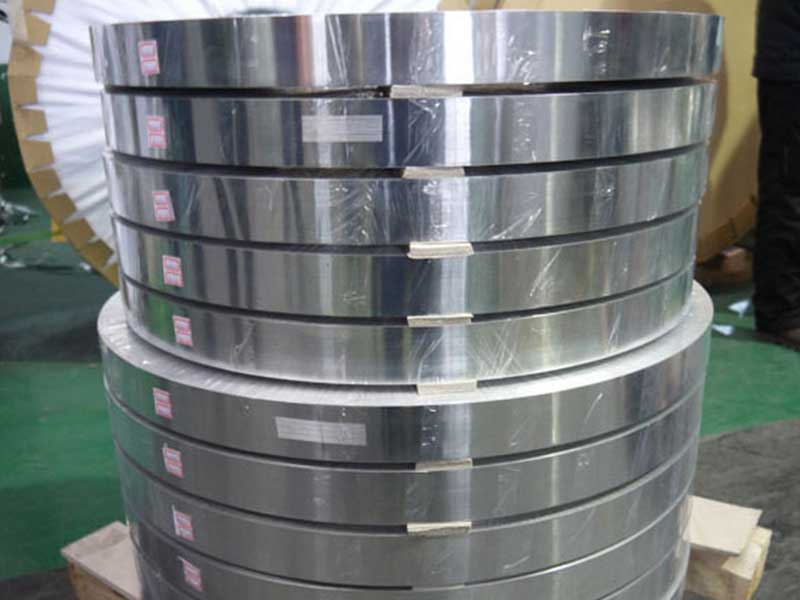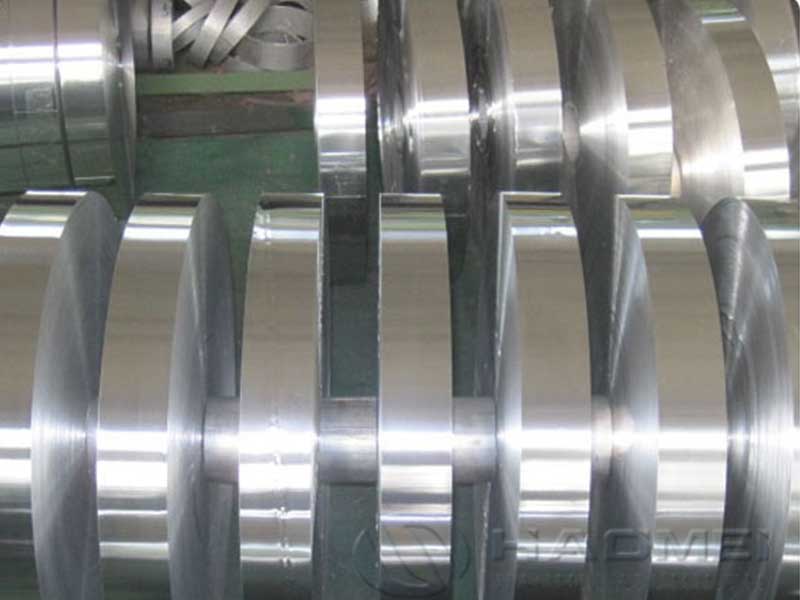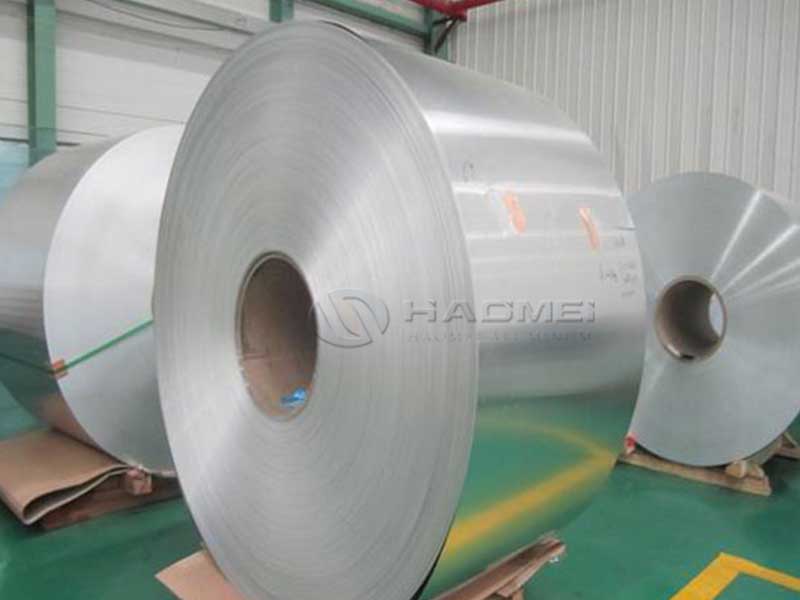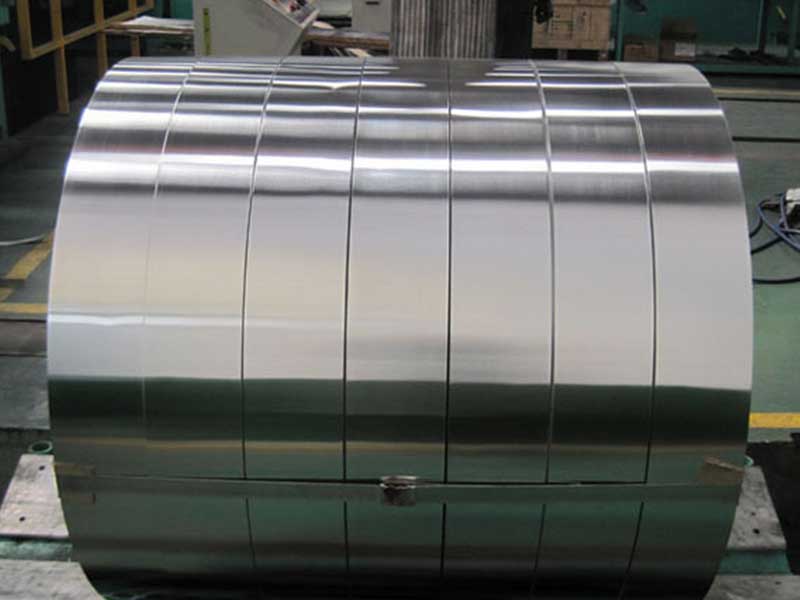What Causes Oil Spots on Aluminum Foil? An In-Depth Exploration
When it comes to kitchen staples, aluminum foil reigns supreme with its versatility and convenience. However, many users have encountered a puzzling phenomenon: oil spots adorning the surface of aluminum foil. While these visual anomalies may seem merely cosmetic, their presence elicits questions regarding both the foil's functionality and integrity.
Beyond the manufacturing process, storage and handling also play significant roles. Improperly stored foil can absorb oils from the surrounding environment, or oils can be transferred from contaminated surfaces it comes into contact with during packaging or transport. For instance, oil-based inks or coatings on nearby materials can potentially contaminate the foil. Therefore, a holistic approach involving rigorous cleaning protocols, regular maintenance of equipment, careful selection of lubricants, and strict control of the storage and handling environment is crucial to minimize oil spotting and maintain the quality and aesthetic appeal of the final product. Traceability systems are invaluable in pinpointing the stage of production where contamination is most likely occurring.
Aluminum Foil's Composition and Functions
Aluminum foil is primarily made from pure aluminum, a lightweight and malleable metal that exhibits remarkable heat conduction and barrier properties. Commonly used in cooking, storage, and insulation, its unique attributes make it ideal for preserving food freshness and enhancing culinary https://www.aluminum-sheet-metal.com what happens when this protective barrier becomes marred by oily residues?
The Science Behind Oil Spots
Apart from culinary applications, oil spotting can extend into industries that frequently utilize aluminum foil, such as packaging or aerospace insulation. Nonetheless, it’s crucial to note that oil spots don’t signal a deterioration of the aluminum foil itself, rather they reflect a transfer of food or oil substances.
Implications in Culinary Applications
In the kitchen, oil spots can mildly affect cooking results and food presentation. Consider the implications when applying techniques such as:
-
Layered Cooking: When with multiple levels of food, oil spots can transfer flavors or become a nuisance during plating. A lighter application of oil or smarter using of parchment paper in conjunction can limit contact and prevent cross-contamination.
-
Grilling and Roasting: Offering excellent heat resistance, aluminum foil helps in retaining moisture during grilling. However, care must be taken to avoid unnecessary oil exposure. Using fluids thoughtfully will ensure that the foil remains as clean as possible, thus keeping your food free from accidental smoky flavors.
-
Food Wrapping and Storage: Home cooks often use aluminum foil to wrap leftover items. Should they contain grease, oil spots become inevitable. Nevertheless, allowing foods to cool and using spaced wraps can minimize residual oil transfer.
Your Guide to Reducing Oil Spots
-
Use parchment paper: For sticky or greasy foods, consider lining the baking sheet with parchment whenever possible. This not only reduces the amount of oil that contaminates the foil but also makes clean-up easier.
-
Preheat oil: If fats are required during cooking, heating oils separately before adding them to food can effectively reduce binding to aluminum surfaces.
-
Choose the right foil type: Heavy-duty aluminum foil provides a better protective barrier against oil penetration compared to standard versions; making use from a technical perspective ensures enhancing performance in cooking scenarios.













